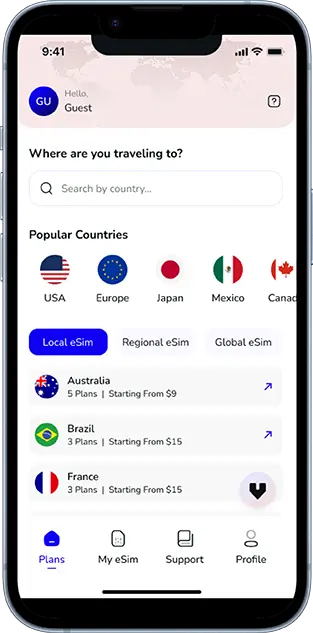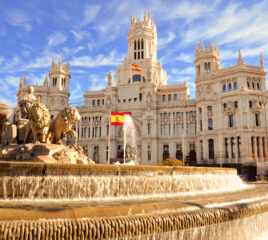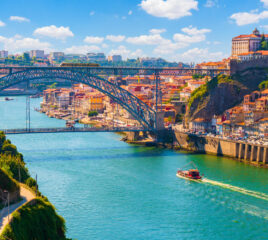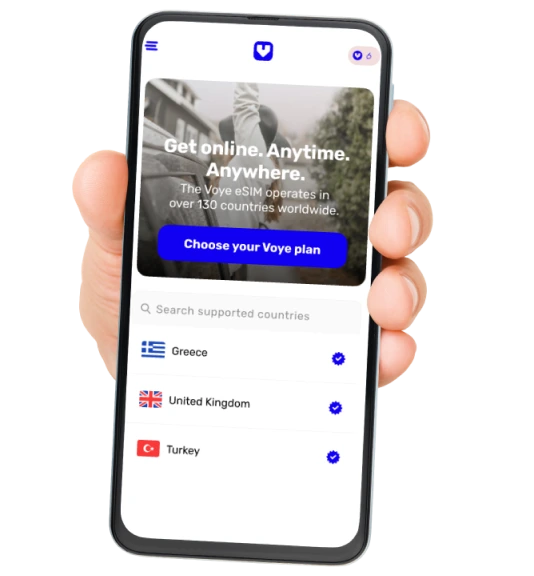Note that iPhone devices from Mainland China aren’t eSIM compatible. Also iPhone devices from Hong Kong and Macao aren’t compatible (except for iPhone 13 Mini, iPhone 12 Mini, iPhone SE 2020 and iPhone XS)
Italy draws travelers from around the world for good reason. It is a destination where Renaissance architecture meets rolling vineyards, and ancient ruins sit beside vibrant city life. Yet behind the postcard images, Italy is also a place of complex transport systems, regional customs, and seasonal considerations that can impact your experience.
This Italy travel guide offers more than just sightseeing suggestions. It focuses on traveling smart, staying safe, and remaining connected through reliable tools like eSIM technology, making sure your experience is seamless from the moment you land.
Why Smart Planning Matters in Italy?
Italy may look like a dream in travel brochures, but it comes with challenges navigating train stations, understanding local customs, or getting timely access to mobile data. While its beauty is timeless, traveling across its cities and countryside today requires modern solutions. The good news is that technology makes it easier than ever to travel like a local, especially when you’re connected from the moment you arrive.
This is where smart planning begins, not just choosing the right cities, but also knowing how to move through them, how to engage with local culture, and how to stay digitally prepared with tools like eSIMs. If you’re considering starting with Rome, check out Unforgettable Things to Do in Rome for ideas beyond the classics.
Getting to Know the Italian Travel Landscape
Italy is not a destination to rush through. While its iconic attractions, the Colosseum, the canals of Venice, and the Duomo in Florence are well-known, the country offers much more in its local rhythms, everyday rituals, and regional diversity. Planning a trip to Italy is not just about selecting cities to visit. It also means preparing for everything from navigating train platforms to learning cultural do’s and don’ts.
A successful trip to Italy begins with three elements: understanding how Italians live, anticipating common challenges, and staying digitally connected. Whether you are using your phone for translations or directions, digital tools are essential today. This is where eSIMs come in, offering a simple and affordable way to stay online throughout your trip.
Stay Connected in Italy
Get seamless data coverage from north to south.
Key Italian Travel Insights
Italy is a place where modern life blends effortlessly with ancient traditions. But beneath the beauty lies a rhythm that’s uniquely Italian, one that every traveler should understand. These insights will help you navigate the culture, customs, and daily life with more confidence and connection.
Embrace Italy’s Regional Differences
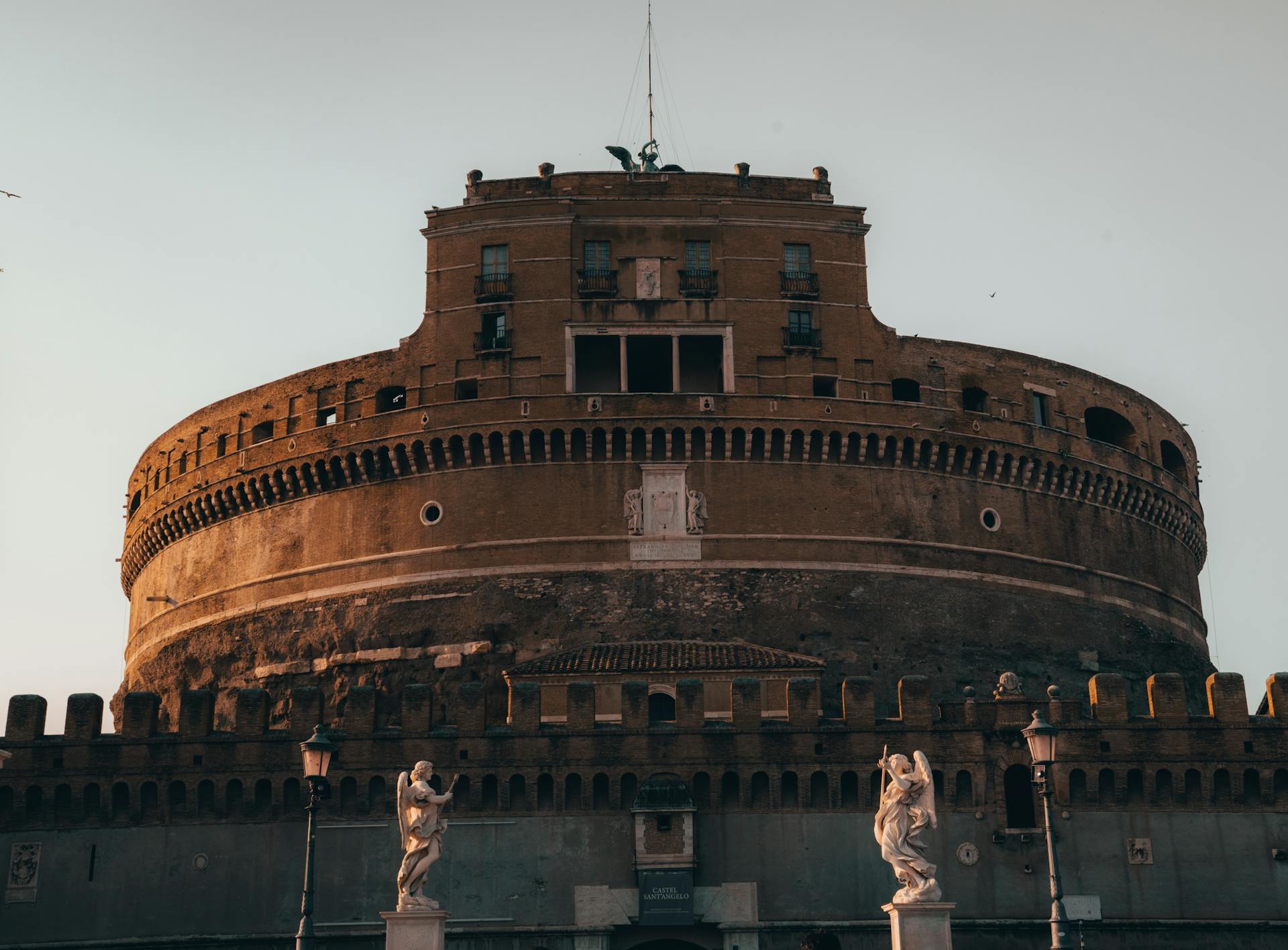
Italy is composed of 20 regions, each with its own distinct dialects, dishes, customs, and even laws. A train ride from Milan to Naples takes you through dramatically different culinary, linguistic, and cultural zones.
- In the north, expect punctuality and efficiency
- In central Italy, historical towns and wine valleys dominate
- In the south, time slows and traditions take center stage
Knowing these distinctions helps you better interact with locals and adjust expectations. For Venice, explore smarter with the Piazza San Marco Travel Guide.
Know the Essentials Before You Arrive
- Italy is part of the Schengen Area. Citizens of many countries, including the US, Canada, and the UK, can enter for up to 90 days visa-free.
- The official currency is the euro. Cash is still common in small towns and local markets.
- Electrical plugs are type C, F, and L. Bring a universal adapter.
It is a good idea to have mobile access for confirming bookings and navigating unfamiliar towns. Installing a travel eSIM before you arrive can save time and help avoid overpriced airport SIM shops.
Where to Go in Italy: A Regional Overview
Rome and Lazio: Ancient Roots in a Modern Capital
Rome is the heart of Italy. Visit the Colosseum, the Vatican, and the Pantheon. But also leave room for lesser-known gems like the Appian Way or the Trastevere neighborhood.
Nearby, Tivoli offers two UNESCO World Heritage sites and fewer crowds.
If visiting in summer, our Rome in the Summer guide highlights gelato trails and evening walks.
Florence and Tuscany: Art and Agritourism
Florence delivers Renaissance masterpieces and high fashion. Beyond the city, the Tuscan countryside offers wine tastings, slow meals, and panoramic drives.
Milan and Lombardy: Italy’s Business and Design Center
Milan is often overlooked, but it is one of the most progressive and connected cities in Europe. Home to high fashion, finance, and modern infrastructure, it is a great place to test out travel tech tools such as mobile apps and eSIMs. Nearby towns like Bergamo and Como are perfect for weekend escapes.
Venice and the Veneto: Waterways and Walled Cities
Venice is best explored early in the morning or late in the evening. It gets crowded midday, but hidden canals and artisan workshops await those who slow down. Consider visiting Padua or Vicenza for a less tourist-heavy atmosphere.
Naples and Campania: Intensity and Authenticity
Naples offers pizza, underground ruins, and ferries to Capri. Be cautious in tourist-heavy areas. If short on time, see our 48 Hours in Pompeii itinerary.
Staying Connected While Traveling
Travelers today rely on mobile connectivity for everything from translation apps to digital train tickets. In Italy, public Wi-Fi is often slow or unreliable. Roaming charges with international SIMs can be excessive. That is why many travelers use eSIMs, which let you activate mobile data plans digitally without switching physical cards.
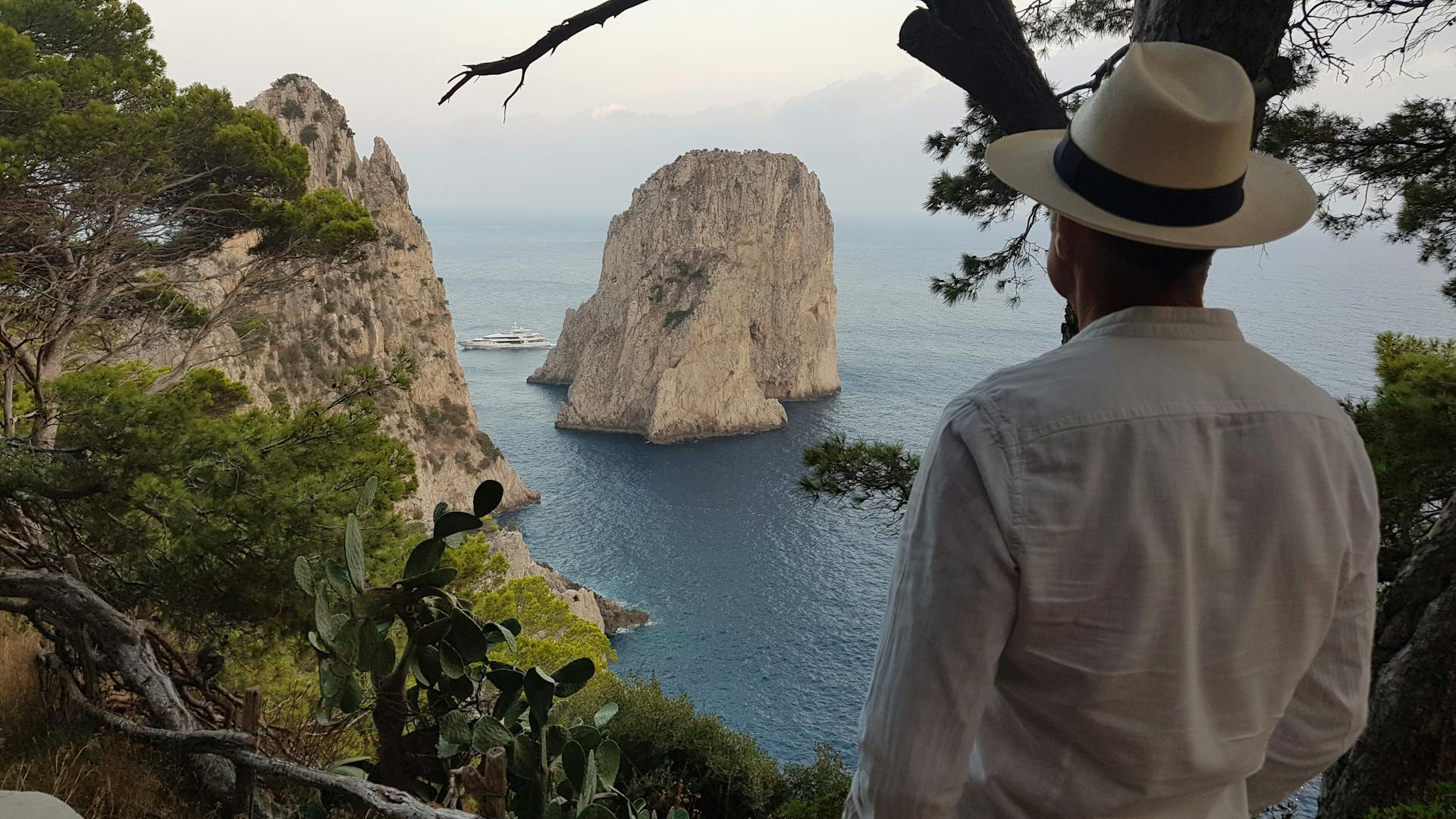
By setting up an eSIM in advance, you can:
- Land with working internet on your phone
- Access ride-share apps and hotel bookings instantly
- Avoid the need to search for local SIM providers
You can find reliable providers such as Voye Global, which offers flexible and affordable data plans tailored to travelers visiting Italy.
Travel Without Roaming Fees
Avoid surprise charges with prepaid Italian data plans.
Transportation in Italy: Tips and Tools
Trains
High-speed trains (Frecciarossa and Italo) connect major cities quickly and comfortably. Book early online to secure deals and seat reservations. Regional trains are less predictable but good for short distances.
Car Rentals
If your itinerary includes rural areas such as Umbria, Puglia, or Sicily, renting a car gives you freedom. Be aware of ZTL zones (restricted traffic zones) in most city centers. Entering these by mistake can result in fines.
Local Transport
Metro systems operate in cities like Rome, Milan, and Naples. Buses and trams are available in mid-sized cities but require validated tickets. Use apps like Moovit or Rome2Rio for route planning.
With a pre-installed eSIM, you can access these apps even if there is no Wi-Fi nearby.

Where and When to Travel in Italy?
Spring (March to May)
Spring is one of the best times to visit. The weather is mild, gardens are in bloom, and tourist crowds are still manageable.
Summer (June to August)
High season brings festivals and longer opening hours, but also extreme heat in cities and crowded beaches. Southern regions like Calabria and Sicily are particularly hot in July and August.
Autumn (September to November)
This is wine harvest season. It is perfect for visiting countryside regions like Tuscany and Piedmont. Cities are cooler and more relaxed.
Winter (December to February)
Visit northern cities for Christmas markets or ski in the Alps and Dolomites. Winter is also an off-season for many cities, which means lower prices and fewer tourists.
Where to Stay: Accommodation Insights
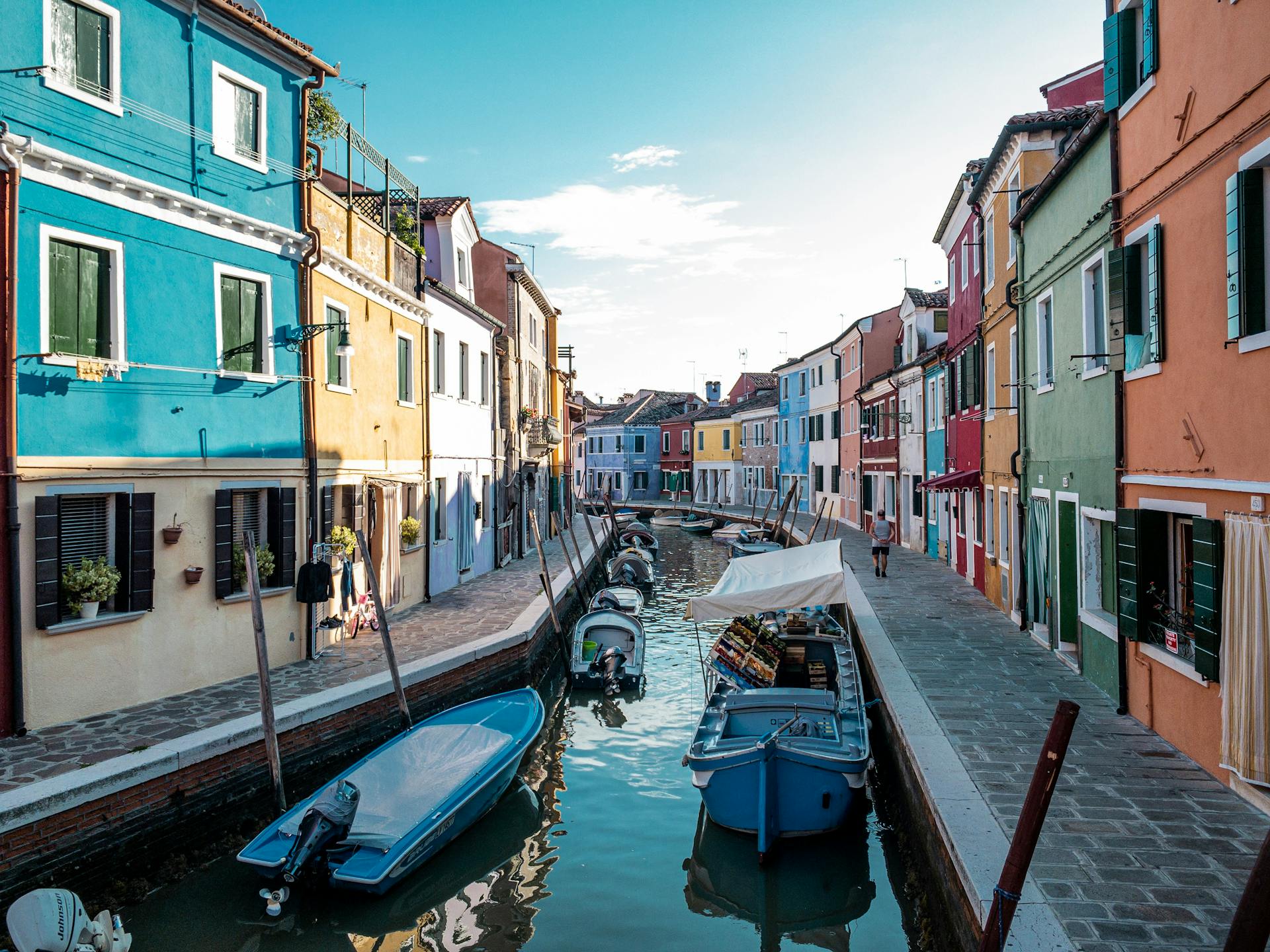
- Hotels: Available at every level, from luxury to budget chains. Booking early is advised in cities and coastal areas during high season.
- Vacation Rentals: Airbnb and agriturismi (farm stays) offer immersive experiences in smaller towns and the countryside.
- Hostels: Found in most major cities, perfect for solo travelers or budget-conscious visitors.
Pro tip: Look for accommodation that includes strong Wi-Fi or digital concierge tools. With your eSIM active, you can confirm bookings and check reviews on the go.
Hidden Gems: Small Towns Worth Visiting
Italy is filled with towns that are just as charming as the big cities but far less crowded.
- Ravello (Campania): Terraced gardens and ocean views on the Amalfi Coast.
- Ascoli Piceno (Marche): Roman bridges and elegant piazzas.
- Noto (Sicily): Known for baroque architecture and almond granita.
- Matera (Basilicata): One of the oldest continually inhabited cities, famous for its stone cave dwellings.
For a summer escape, Sardinia in August offers pristine beaches and authentic local life.
Save 15% Instantly
Use code VOYE15 to unlock your Italy travel discount.
Culinary Italy: A Region-by-Region Food Journey
Italy’s culinary landscape shifts with geography. Each region prides itself on local ingredients, preparation styles, and food rituals that have been passed down for generations.
Northern Italy
Lombardy: Risotto alla Milanese, osso buco, and panettone are staples. Milan also boasts a strong café culture and an aperitivo tradition.
Veneto: Polenta is common, often paired with seafood. Venice’s cicchetti (small bar snacks) offer a local way to eat on the move.
Emilia-Romagna: This is Italy’s gastronomic powerhouse. Think Parmigiano Reggiano, balsamic vinegar from Modena, and tagliatelle al ragù.
Central Italy
Tuscany: The food here is simple, rustic, and elegant. Try ribollita (vegetable stew), pappa al pomodoro, and Chianina beef.
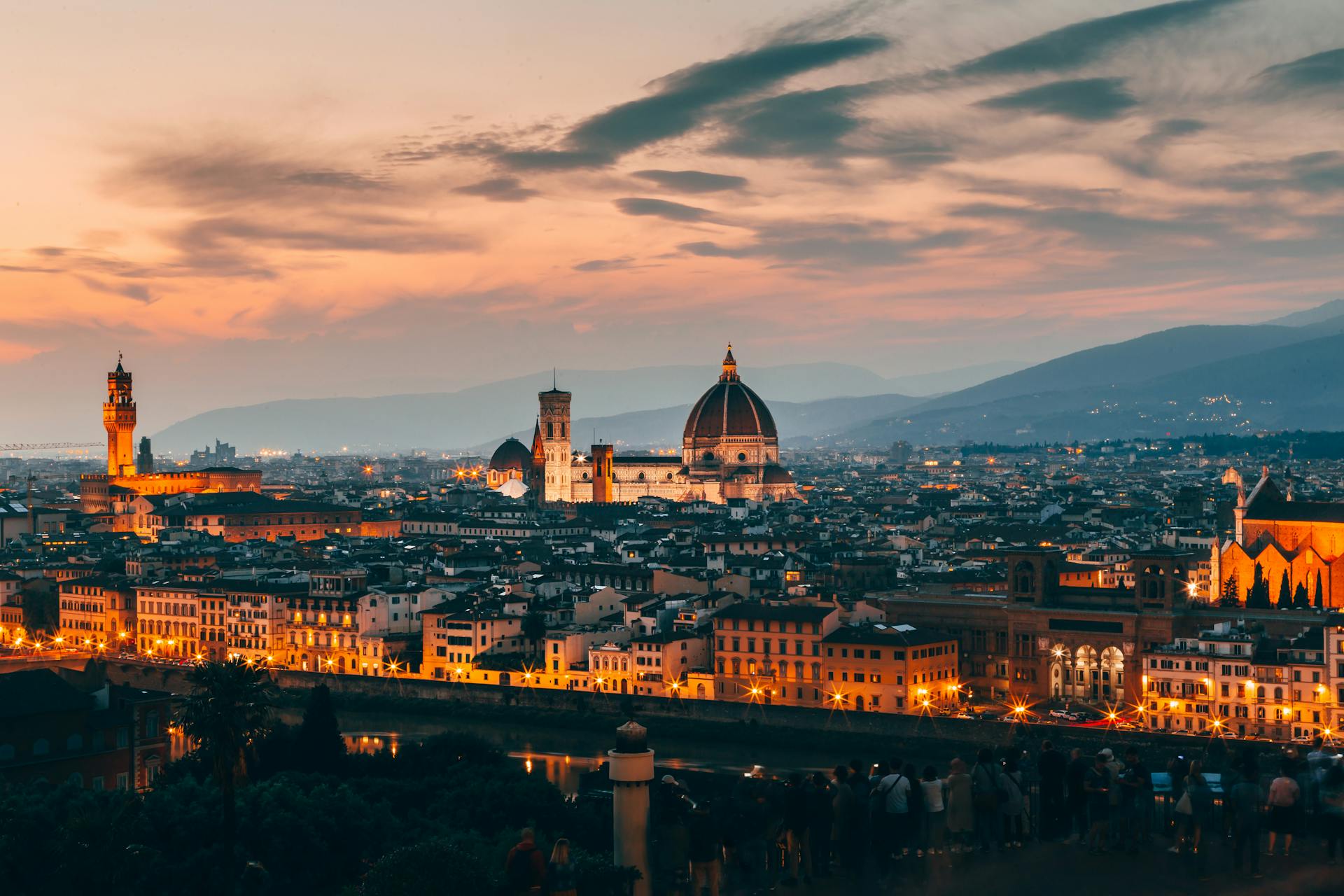
Lazio: Roman cuisine includes pasta carbonara, cacio e pepe, and supplì (fried rice balls). Fresh artichokes and pecorino cheese are also iconic.
Southern Italy
Campania: Naples gave the world pizza, but also excels in seafood, mozzarella di bufala, and sfogliatella pastries.
Puglia: Known for orecchiette pasta, burrata cheese, and olive oil. Farm-to-table culture is very strong here.
Sicily: Expect strong North African influences-couscous, caponata, and sweet treats like cannoli and granita.
Islands and Offbeat Regions
Sardinia: Local cheeses, suckling pig (porceddu), and pane carasau (crispy flatbread) dominate. Many dishes are tied to seasonal festivals.
Cultural Etiquette: How to Blend In
While Italians are warm and expressive, they also expect certain levels of politeness and formality from visitors. Understanding how to behave in various settings avoids awkwardness and builds goodwill.
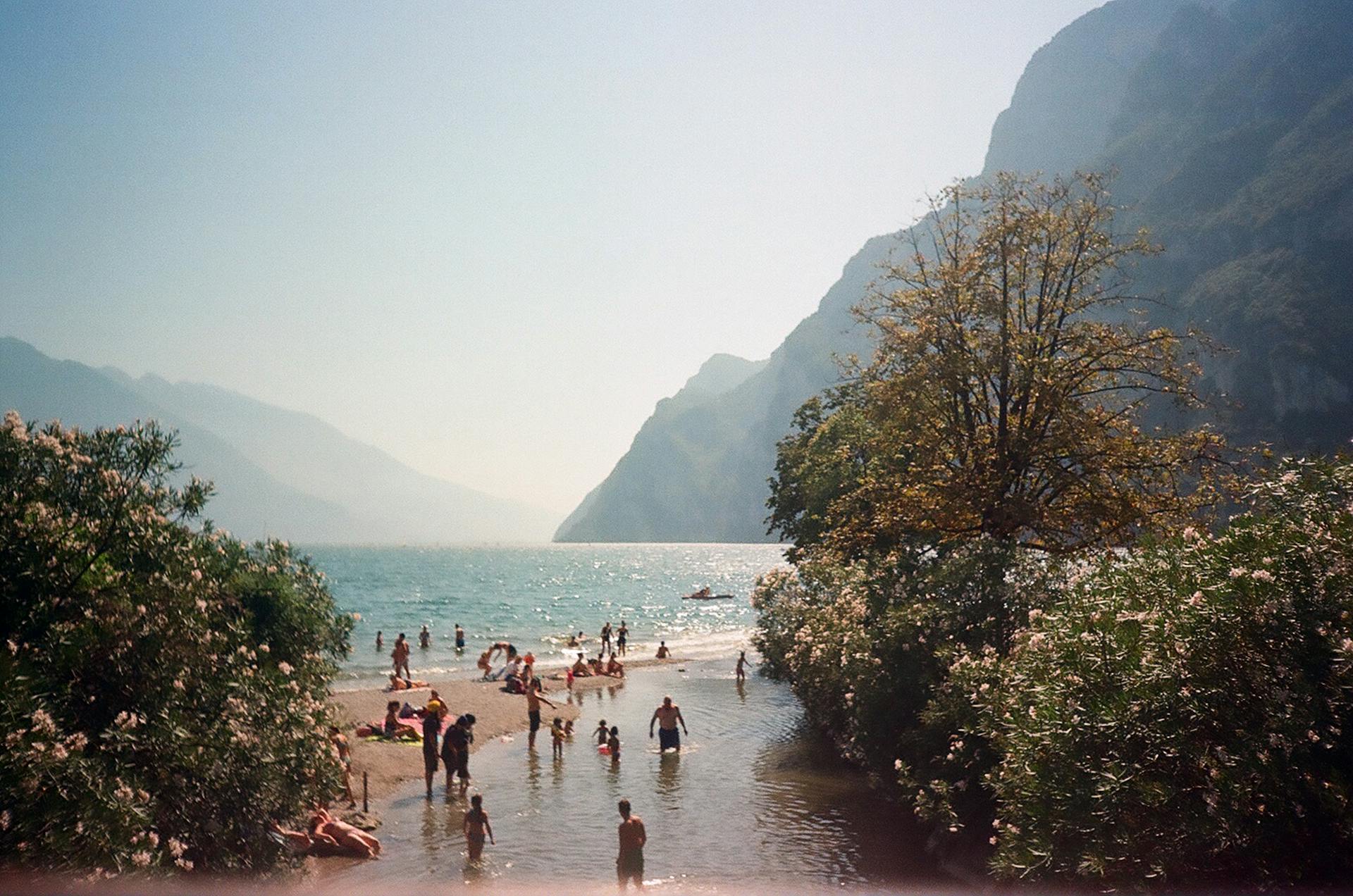
Greetings and Conversation
- Greet people with “Buongiorno” before 2 PM and “Buonasera” afterward.
- Use formal titles like Signore and Signora in shops and restaurants.
- It is common to kiss on both cheeks in social settings, but let the local person initiate.
Dining Etiquette
- Do not ask for substitutions on traditional dishes.
- Wait for everyone to be served before starting a meal.
- Tipping is appreciated, though not mandatory. Rounding up or leaving 5 to 10 percent is polite.
Dress and Decorum
- Dress modestly when visiting churches.
- Avoid beachwear in towns, even coastal ones.
- Loud or overly casual behavior in public is often frowned upon, especially in historic or religious spaces.
Traveling with respect for these social customs helps you avoid cultural missteps and makes local interactions far more rewarding.
Explore Italy Stress-Free
Use your eSIM to plan, book, and navigate easily.
Celebrations and Events: When to Visit for Authentic Experiences
Italy has an event calendar that mirrors its diversity. Knowing what’s happening during your visit can dramatically enhance your trip.
Spring and Early Summer
- Easter Week: Each region has its own religious processions, often moving and theatrical.
- Infiorata Festivals: Towns like Spello and Noto cover streets in flower carpets in May and June.
- Venice Biennale (Art and Architecture): A global celebration of contemporary creativity.
Summer
- Palio di Siena: Held twice each summer, this bareback horse race is rooted in medieval rivalry.
- Verona Opera Festival: Enjoy performances under the stars in a Roman amphitheater.
- Ferragosto (August 15): A national holiday where cities empty and beaches fill.
Autumn
- Wine Harvest Festivals: Particularly in Tuscany, Piedmont, and Umbria. Local food, music, and open wineries await.
- Eurochocolate in Perugia: A must for chocolate lovers every October.
Winter
- Christmas Markets: Northern cities like Bolzano and Trento shine with Alpine-style Christmas stalls.
- Carnevale: Venice is famous for it, but Viareggio and Ivrea also offer unique takes.
These local events may not always be well-publicized in English, so staying connected helps. Apps, Google Translate, or region-specific guides are easier to access with a pre-installed eSIM, especially if you are traveling across multiple regions during your stay.
Why Using an eSIM for Italy Makes Regional Travel Easier?
When moving from Rome to Florence to Milan within a few days, your phone becomes your travel assistant. You use it to:
- Translate menus
- Navigate unfamiliar streets
- Book last-minute trains or taxis
- Store digital tickets and QR codes
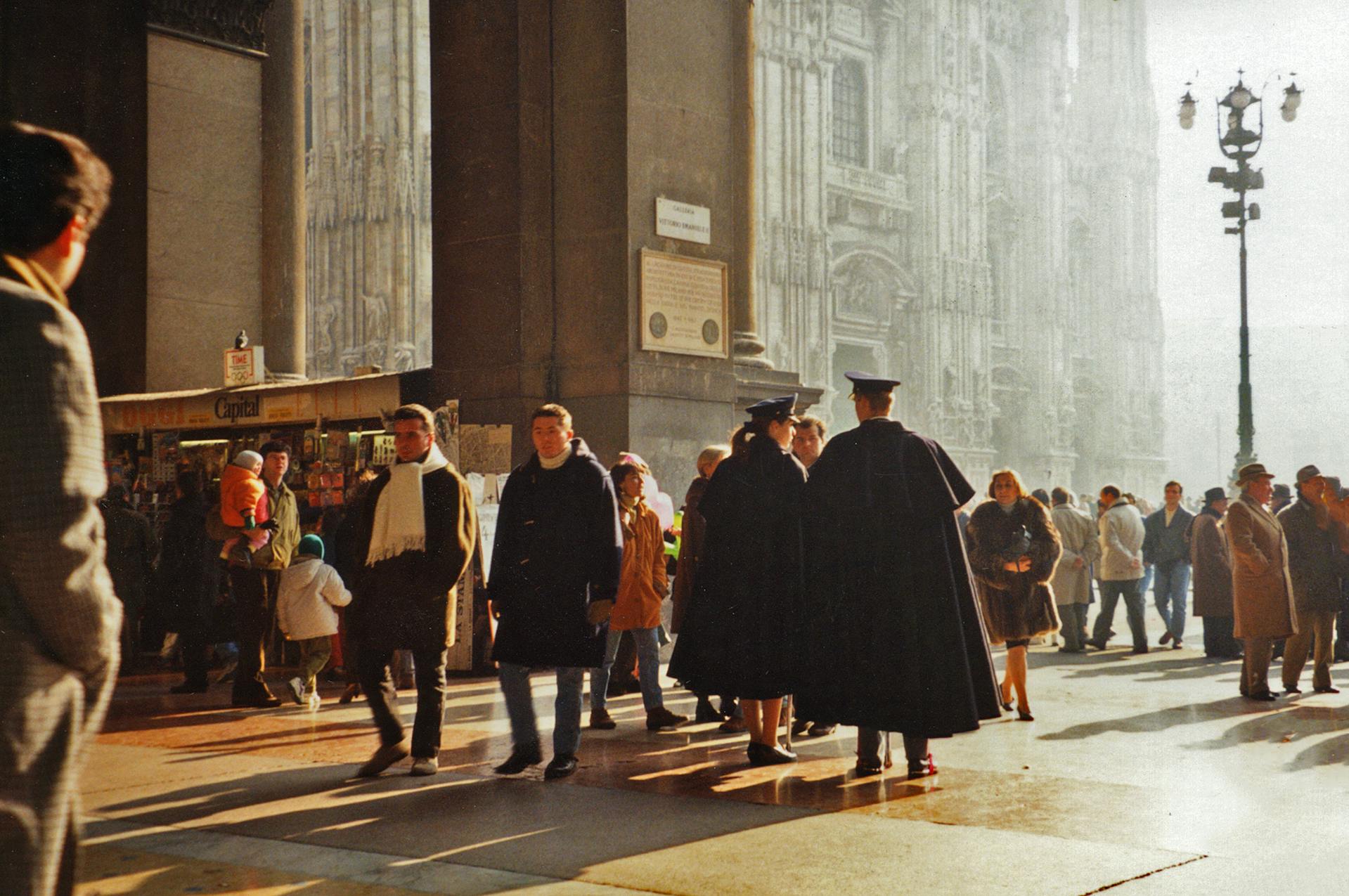
But switching SIM cards each time or relying on public Wi-Fi is risky and inefficient.
Using an eSIM for Italy eliminates these problems. You can activate a data plan before your trip, scan a QR code, and stay online the entire time. eSIMs are especially helpful for travelers heading into smaller towns where Wi-Fi is sparse and international roaming is expensive.
Providers like Voye Global offer flexible eSIM plans tailored for Italy and broader Europe. They enable travelers to switch plans digitally, avoid roaming fees, and stay secure on mobile data rather than public networks.
Day-to-Day Digital Travel Tools
Here are some smart digital apps and habits that can make travel in Italy easier:
- Moovit or Rome2Rio for navigating local transport
- Google Translate with an offline Italian language pack
- Trenitalia or Italo apps for train schedules
- WhatsApp for communicating with tour guides and accommodation hosts
- Currency converters like XE for quick price checks
- Food apps like TheFork for booking local restaurants
Having these apps pre-downloaded is useful, but you also need reliable internet access. That is where travel eSIMs make the biggest impact-they reduce your reliance on slow or public Wi-Fi, keeping all your tools functional.
Instant Discount for Travelers
Apply VOYE15 at checkout for 15% off all plans.
Smart Travel Habits That Locals Appreciate
- Learn basic Italian phrases. Even “Scusi” (Excuse me) and “Per favore” (Please) make a difference.
- Pay in small bills and coins where possible, especially in markets.
- Walk or bike when you can. It is the best way to explore small towns.
- Reuse bottles at fountains. Many Italian cities have drinkable public water.
- Avoid restaurants with aggressive hosts or picture menus in tourist zones.
Budgeting Your Italian Trip: Smart Spending, Great Value
Accommodation
- Luxury (Hotels/Villas): €200–€600 per night
- Mid-Range (Hotels, B&Bs): €90–€180 per night
- Budget (Hostels, Shared Apartments): €25–€70 per night
Tip: Book early, especially in tourist-heavy cities like Rome, Florence, and Venice.
Food & Drink
- Casual meals (trattorias/pizzerias): €10–€20 per person
- Mid-range restaurants: €20–€50
- Fine dining: €70+
- Espresso: €1
- Aperitivo (drink + buffet): €8–€12
Tip: Eat lunch at local cafés and enjoy an aperitivo to reduce dinner costs.
Transport
- Trains: €10–€50 between cities, depending on class and timing
- Local buses/trams: €1.50–€2.50
- Car rentals: ~€40–€70 per day
- Fuel: ~€1.85 per liter
- Taxi base fare: ~€5, then €1.50–€2/km
Plan by using train apps and booking e-tickets in advance. With a travel eSIM, you can manage routes and reservations easily.
Staying Safe While Traveling in Italy
Italy is generally safe, but like any popular destination, it has risks travelers should be aware of.
Avoiding Scams and Theft
- Be cautious in tourist areas like Termini Station (Rome), the Spanish Steps, and central Florence.
- Do not accept unsolicited help with ticket machines.
- Keep your bag in front of you in crowded places and on trains.
Health and Emergencies
- The emergency number for the police is 112.
- Pharmacies are widespread and often offer advice.
- EU citizens can use the European Health Insurance Card (EHIC). Non-EU travelers should consider travel insurance.
Having a functioning phone makes a huge difference in emergencies. An active eSIM lets you call local numbers or message emergency contacts without relying on slow hotel Wi-Fi.
Exclusive Italy eSIM Offer
Use VOYE15 to save on high-speed Italian data.
About Voye Global: Your Travel Connectivity Companion
In a world where digital connectivity is essential, Voye Global stands out by offering high-performance eSIM solutions designed specifically for travelers.
Voye Global ensures you can stay online from the moment you land in Italy, whether you’re booking accommodation, calling a rideshare, or translating a menu. No physical SIM swaps, no hidden roaming charges-just a smooth digital experience.
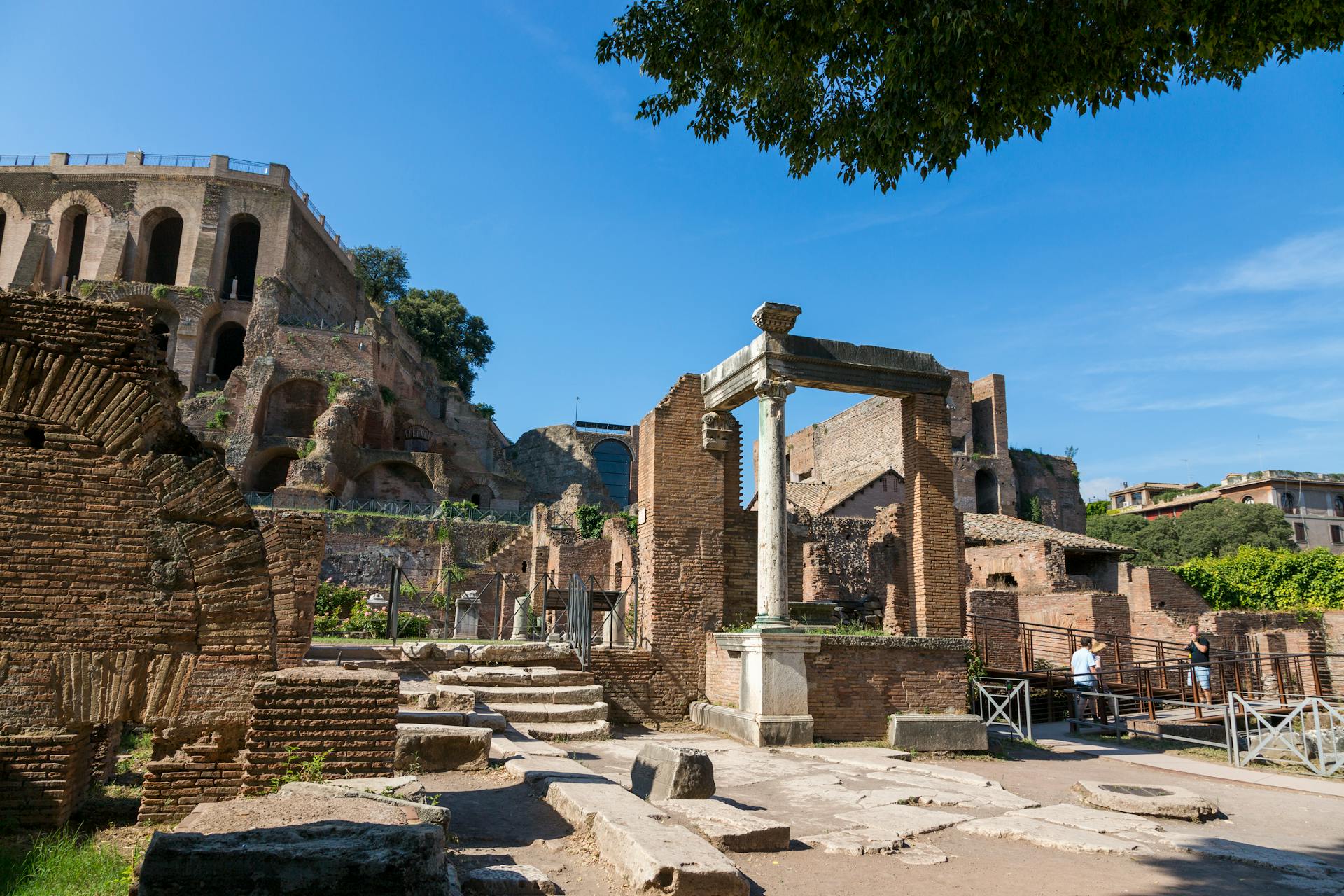
Why Travelers Choose Voye Global
- Instant eSIM activation with QR code or app
- Affordable prepaid plans tailored to Italy and Europe
- No roaming surprises, ever
- Easy compatibility with all major eSIM-enabled devices
- Multi-country options for travelers exploring beyond Italy
- Reliable customer support, accessible even while abroad
Staying connected is no longer optional-it is how you travel smarter, safer, and more freely.
Wrapping Up: Travel Italy Smarter, Safer, and Fully Connected
Italy is not just about visiting landmarks; it is about experiencing history, food, local traditions, and the joy of discovery. But to truly enjoy it, you need more than just a map and a list of places to go. You need the ability to move confidently, make informed decisions on the go, and stay connected throughout your journey.
That is where smart planning and digital tools come in. Whether you are traveling across Rome, exploring vineyards in Tuscany, or visiting coastal villages in Cinque Terre, having a reliable eSIM from Voye Global can transform your experience from complicated to effortless.
Plan. Travel with awareness. Stay online wherever you are. Italy will do the rest.
Travel Smarter With eSIM
No stores, no SIM swaps, just instant digital connectivity.
Frequently Asked Questions (FAQs)
1. When is the best time to travel to Italy?
The best times are spring (April to June) and autumn (September to October), when the weather is mild and crowds are smaller.
2. Do I need an eSIM for Italy?
An eSIM is not required, but it is highly recommended. It helps you stay online for navigation, translations, bookings, and emergency access, all without paying high roaming fees.
3. Is it easy to travel between cities in Italy?
Yes. High-speed trains connect major cities, and regional trains serve smaller towns. Apps like Trenitalia or Italo make booking simple.
4. What are the advantages of using Voye Global’s eSIM?
Voye Global provides instant activation, affordable data plans for Italy, and reliable support. You can stay connected from the moment you land without swapping physical SIM cards.
5. Can I use my Voye Global eSIM in other countries, too?
Yes. Voye Global offers multi-country plans that work across Europe, so you can travel beyond Italy with one eSIM.
6. How do I activate my eSIM from Voye?
After purchase, you receive a QR code via email. Scan it with your compatible device, and your mobile data will be ready to use in minutes.
Your Italy Trip, Upgraded
Save on eSIM with VOYE15 and stay fully connected.
Underrated Italian Adventures: Top 10 Highlights for Curious Travelers
Italy is not only Rome, Venice, and Florence. Beyond the well-trodden tourist routes, the country is filled with hidden gems and cultural treasures waiting to be explored. From regional food markets to international events, here are ten underrated adventures that will make your Italian journey truly unforgettable.
1. Explore Italy’s Lesser-Known Cities
Some of Italy’s most captivating experiences lie outside the famous cities. Discover unique towns and authentic destinations where tradition and local charm come alive.
Top Lesser-Known Cities to Visit in Italy
2. Follow a Detailed Rome Itinerary
Rome’s grandeur extends far beyond its monuments. With a week in the Eternal City, you can balance history, culture, and hidden gems for a deeper experience.
Rome 7-Day Itinerary Guide
3. Dive into Milan’s Street Food Scene
Milan is more than fashion and finance. Its bustling food markets, cooking classes, and street eats reveal a side of the city few tourists experience.
Flavors of Milan: Street Eats, Cooking Classes & Hidden Markets
4. Stay Connected in the Eternal City
Rome’s narrow streets and sprawling landmarks are best enjoyed when you’re always connected. Learn how to stay online with ease during your Italian explorations.
Best eSIM for Rome
5. Experience Venice Beyond the Postcards
Venice isn’t only gondolas and canals. A short trip can uncover local neighborhoods, hidden squares, and cultural landmarks that define the city’s soul.
Short Trip to Venice: Itinerary Guide
6. Feel the Adrenaline at Monza’s Italian Grand Prix
One of Italy’s most thrilling events, the Monza Grand Prix, is a must for racing fans. Beyond the speed, it’s an adventure filled with culture and excitement.
Italian Grand Prix Monza 2025
7. Witness Maritime Excellence in Genoa
Italy’s coastal culture shines at the Genoa International Boat Show. From luxury yachts to marine innovation, this event offers a glimpse into Italy’s nautical heritage.
Genoa International Boat Show 2025
8. Balance History with Local Life in Rome
The Eternal City can feel overwhelming, but it also offers quiet corners, local eateries, and cultural escapes that give you a more authentic connection.
Rome 7-Day Itinerary Guide
9. Savor Italy’s Culinary Adventures Beyond Pasta
From Milan’s hidden markets to regional delicacies in lesser-known cities, Italy is a feast for adventurous travelers ready to taste beyond the usual.
Flavors of Milan: Street Eats, Cooking Classes & Hidden Markets
10. Unlock Seamless Travel Across Italy
No matter which Italian city or event you choose, staying connected is key to navigating local adventures. A smart digital travel solution makes it easy.
Best eSIM for Rome
Italy’s hidden adventures are every bit as enchanting as its world-famous landmarks. With culinary journeys, cultural festivals, and thrilling events, these underrated experiences add depth to your travels. Wherever you go, Voye Global’s eSIM ensures that you stay connected and ready to uncover the unexpected.
Seamless Mobile Data Everywhere
